A staircase with a metal frame is a practical option for connecting the first and second floors. Such a staircase combines metal strength, long service life and the ability to decorate with a quality finish. This version of the staircase will always be interesting and appropriate, combined with any interior, while guaranteeing reliability.

Ladder on a metal frame in the house

Ladder on a metal frame in the house

Ladder on a metal frame in the house
Kinds
There are a lot of types of stairs, they can be divided according to the following directions:
- Functionality – special, brownie and landscape.
- Their location is external or internal.
- Purpose – entrance, interfloor, workers and checkpoints.
- Construction type.
- Material.

Ladder on a metal frame in the house

Ladder on a metal frame in the house
In this case, only the option of an internal interfloor staircase is of interest, it remains only to choose the optimal type and the material used.
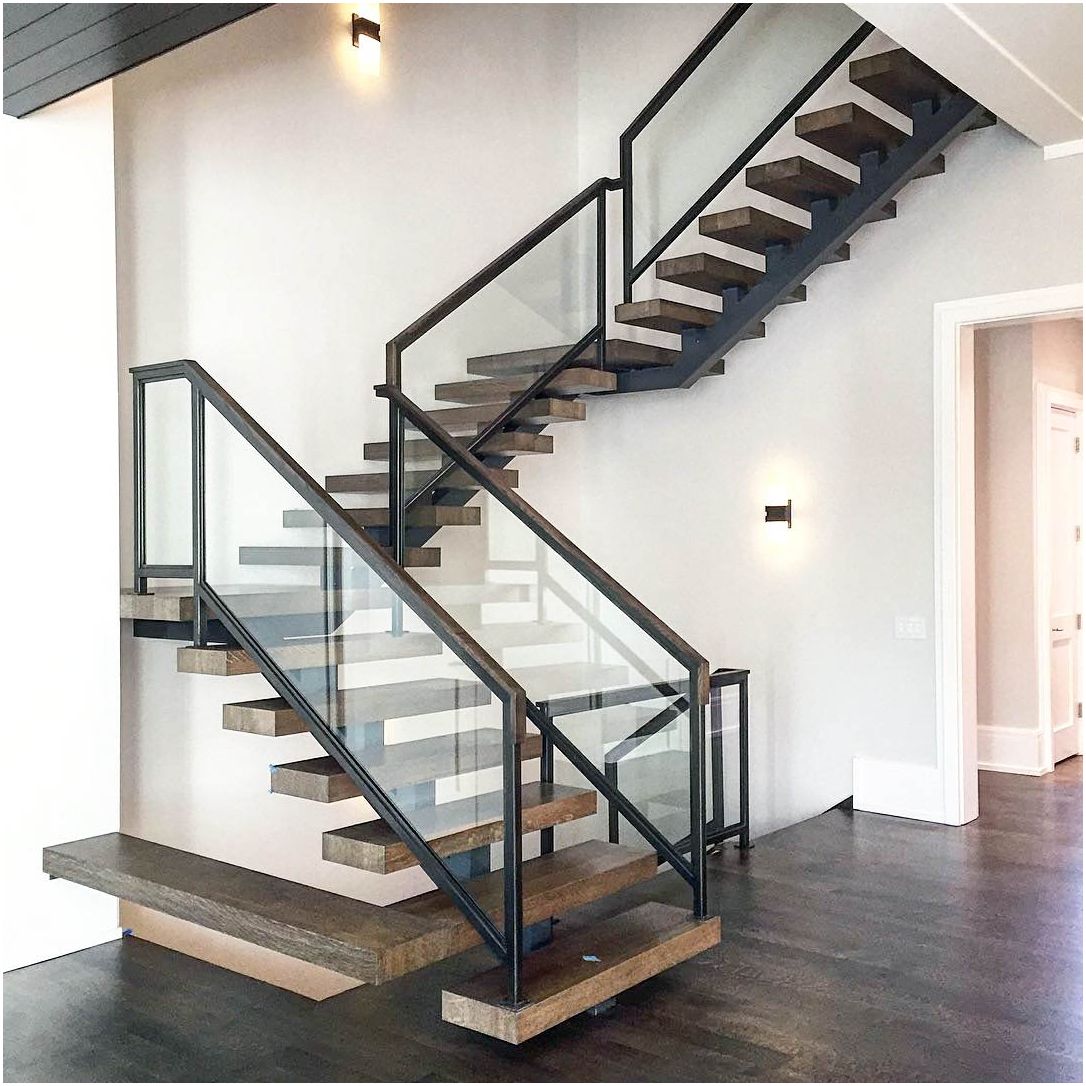
Ladder on a metal frame in the house
Materials for stairs with a metal frame
The main materials that can be used to make such a staircase are metal, wood and concrete. In terms of strength, concrete takes the leading place, but it is not always appropriate because of its size. For cozy houses with a small area, it is better to use a tree, it will be very aesthetically pleasing and interesting. In addition, this option is environmentally friendly, which is very popular in 2018. The only drawback of such a ladder is the relatively low level of strength..

Ladder on a metal frame in the house

Ladder on a metal frame in the house
A fairly compact, durable and interesting option will be a metal staircase. Many options are now available with good strength. Hand forging can be used as decoration. However, not everyone likes cold metal, so it is best to use a combination of metal and wood..
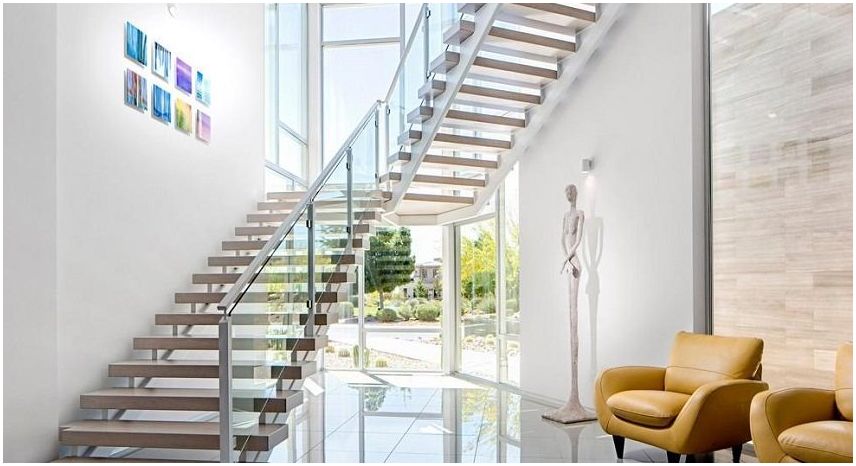
Ladder on a metal frame in the house

Ladder on a metal frame in the house
Types of structures
In general, many types of structures and types are now offered, so only the main ones should be highlighted:
1. Screw – spiral type staircase, often used in houses with limited space. The steps are of a trapezoidal type, located around a metal pipe, attached to it with a narrow side. Easy to install, on-site, no additional preparation required. To order a staircase, it is enough to know the dimensions of the room and the height of the first floor.
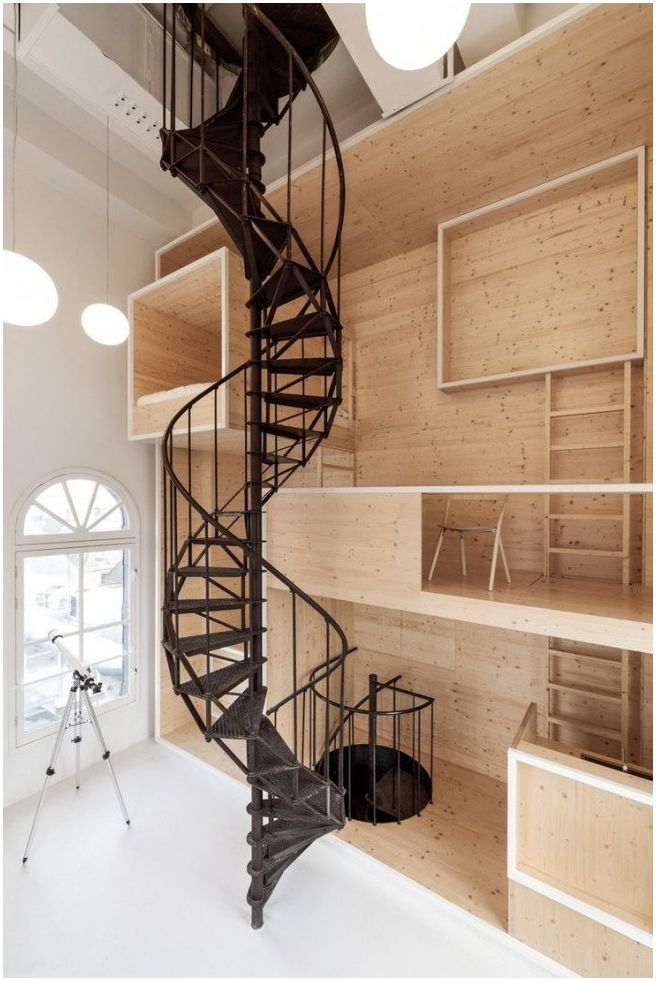
Ladder on a metal frame in the house

Ladder on a metal frame in the house

Ladder on a metal frame in the house
2. Marching staircase – is a continuous row. It takes up a lot of space and can only be installed in houses with a huge living space. If the staircase turns out to be long, then it can be broken by spans (small flat areas).

Ladder on a metal frame in the house
3. Lifting on inclined beams. The beams are a support, the steps are laid from above. I-beams, channels and profile pipes are often used as metal here..
4. Steps from the wall. In this case, one of the sides is attached to the wall, there are console and boltsev versions. In the first case, there are no jumpers, the steps simply hang in the air. In the second version, with bolts, connecting metal elements are used that enclose the outer side of the steps. Not used if there are elderly people or children at home.

Ladder on a metal frame in the house

Ladder on a metal frame in the house
5. Ladder on a bowstring. In general, the principle is similar to kosour. The only difference is that here the steps are inserted into the grooves, which are intended for this and are small nests.
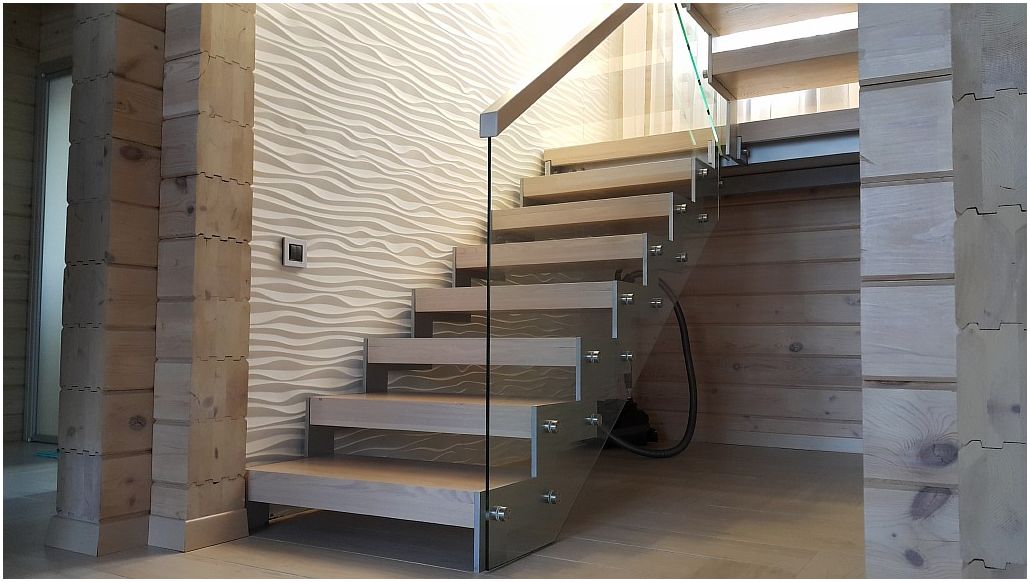
Ladder on a metal frame in the house

Ladder on a metal frame in the house
6. Spinal staircase. This option is the most original and interesting. All elements are connected in such a way that outwardly it looks like a real ridge..

Ladder on a metal frame in the house

Ladder on a metal frame in the house
In total, there are three main types of metal frames:
- Closed. In the standard version, it consists of two kosour made of a channel and steps welded from metal.
- Swing. Includes 3 elements: two narrow converging marches to one, which is wider behind them. Installed only in houses with a large area.
- Open. The profile pipe is taken as a basis. There are no risers in this option, and only one kosour is used, located in the center.

Ladder on a metal frame in the house

Ladder on a metal frame in the house

Ladder on a metal frame in the house
Choosing the best staircase
At the moment, the buyer is offered many different options, and the choice becomes difficult. What is better to choose, what to look for in the first place and how to choose the best option for your home?
First of all, when choosing a staircase, you need to take into account the area of housing, the type of room where it is supposed to be installed. After that, you should take into account the style of the house, select the stairs that can complement or emphasize it. One of the main criteria is the safety of the guests living in the house. If children or elderly people live in the house, then the stairs should be as safe as possible in order to avoid possible injury and physical damage. To do this, you need to use the required number of balusters, choose the right height of the steps, their width.
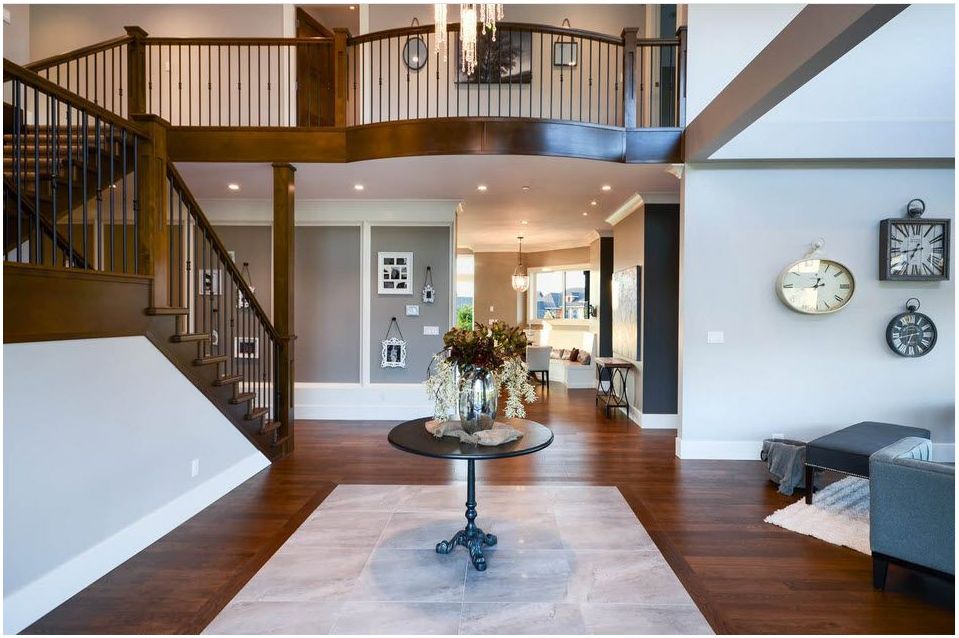
Ladder on a metal frame in the house
If there is a small child at home, then one step needs two or more balusters. Children are very curious and there is a risk that they will want to stick their head between the steps, which can lead to injury, this should be avoided by carefully considering the design of the ladder.
If the height of the first floor is about three meters, then it is best to use a flight staircase, since it is the most comfortable and safe. In this case, it is necessary to proceed from the free space, taking into account the design features of the stairs: the angle of rise should be 30-45 degrees, and the distance between the steps in height should be 15-17 centimeters. If the ceilings are very high, then the steps are divided into two or more marches, horizontal platforms are installed between them.

Ladder on a metal frame in the house
If you are planning a pantry or closet, then it is best to use risers. It is also better to use them if the space under the steps will be actively used. This option will avoid the accumulation of dust and its settling..
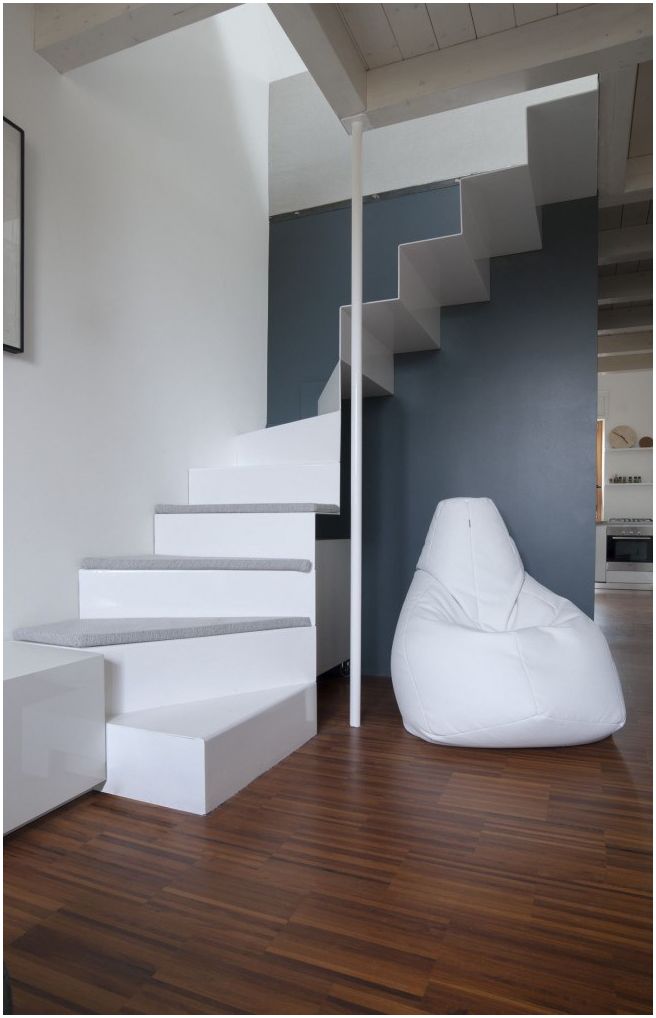
Ladder on a metal frame in the house

Ladder on a metal frame in the house
A spiral (spiral) staircase is the most practical option, it is especially relevant in houses with limited space. If there is practically no free space, then you can use the stairs called «goose step». In this case, it is calculated that a person will take alternate steps with two legs, constantly changing the lifting height. Best used for basement or rooftop, not suitable for families with retirees or children.

Ladder on a metal frame in the house
To bring bold ideas to life, you can use ridge and curved stairs, but you need to calculate the space, since they take up a lot of space.

Ladder on a metal frame in the house

Ladder on a metal frame in the house

Ladder on a metal frame in the house

Ladder on a metal frame in the house

Ladder on a metal frame in the house

Ladder on a metal frame in the house
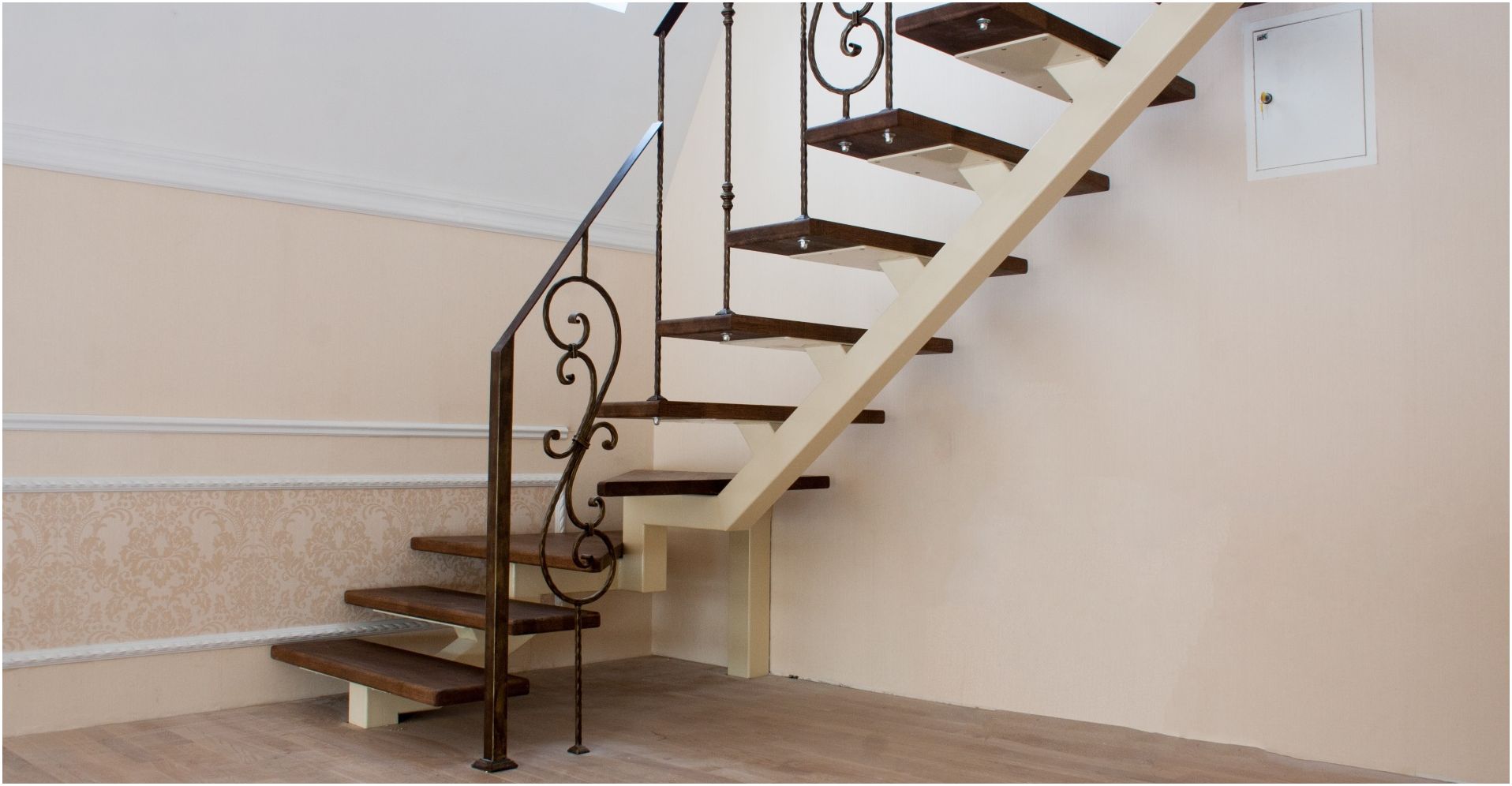
Ladder on a metal frame in the house

Ladder on a metal frame in the house

Ladder on a metal frame in the house

Ladder on a metal frame in the house

Ladder on a metal frame in the house

Ladder on a metal frame in the house

Ladder on a metal frame in the house

Ladder on a metal frame in the house

Ladder on a metal frame in the house

Ladder on a metal frame in the house

Ladder on a metal frame in the house

Ladder on a metal frame in the house
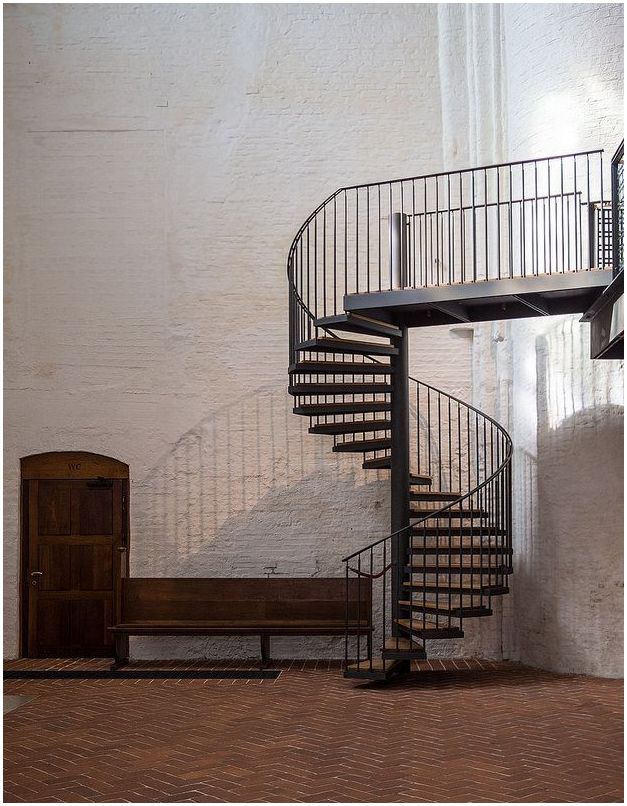
Ladder on a metal frame in the house

Ladder on a metal frame in the house
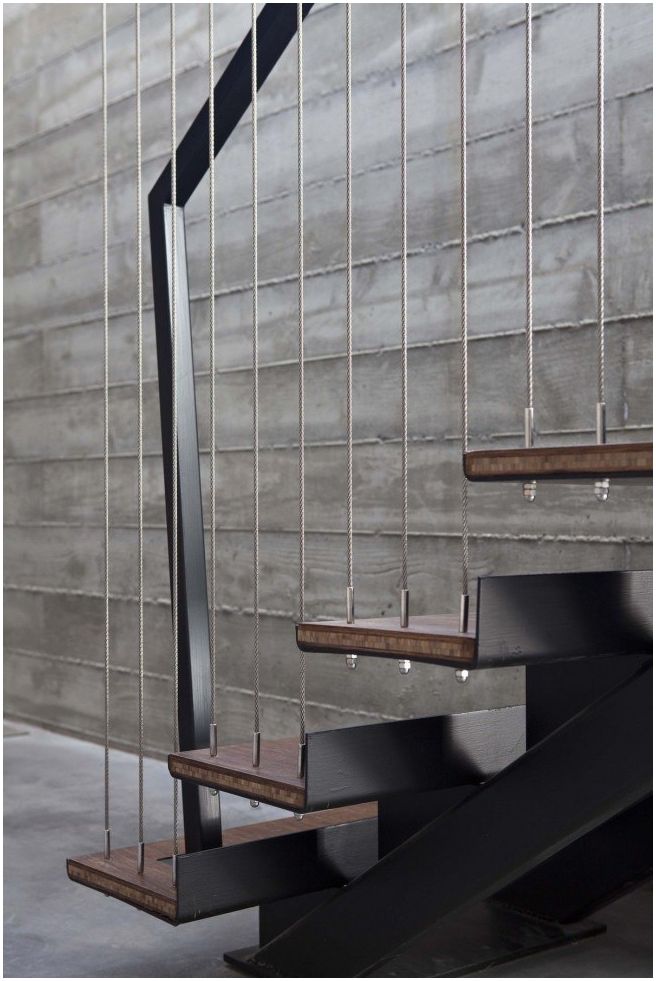
Ladder on a metal frame in the house

Ladder on a metal frame in the house

Ladder on a metal frame in the house

Ladder on a metal frame in the house

Ladder on a metal frame in the house

Ladder on a metal frame in the house

Ladder on a metal frame in the house

Ladder on a metal frame in the house

Ladder on a metal frame in the house

Ladder on a metal frame in the house
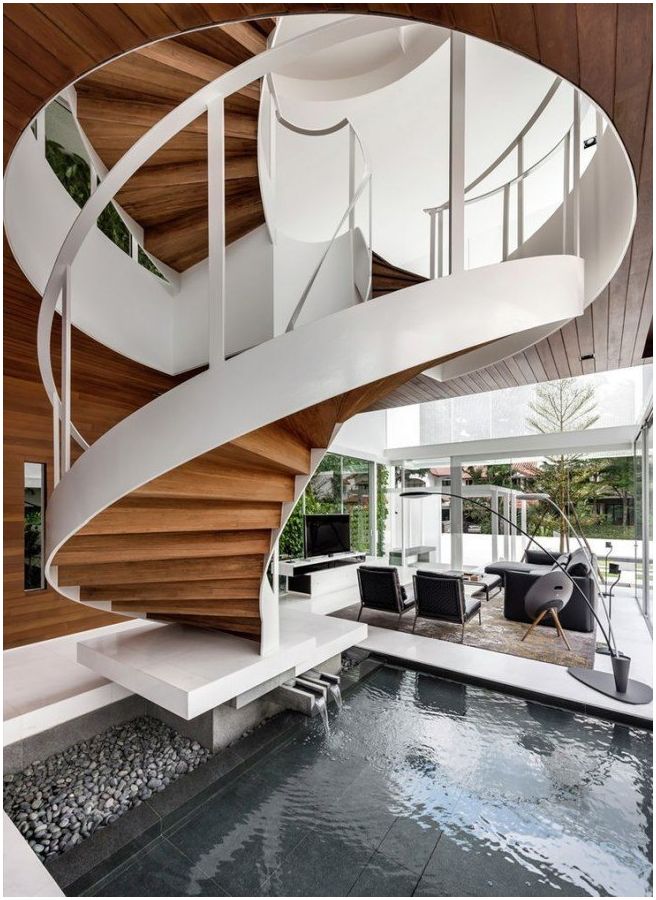
Ladder on a metal frame in the house

Ladder on a metal frame in the house

Ladder on a metal frame in the house

Ladder on a metal frame in the house

Ladder on a metal frame in the house

Ladder on a metal frame in the house

Ladder on a metal frame in the house

Ladder on a metal frame in the house
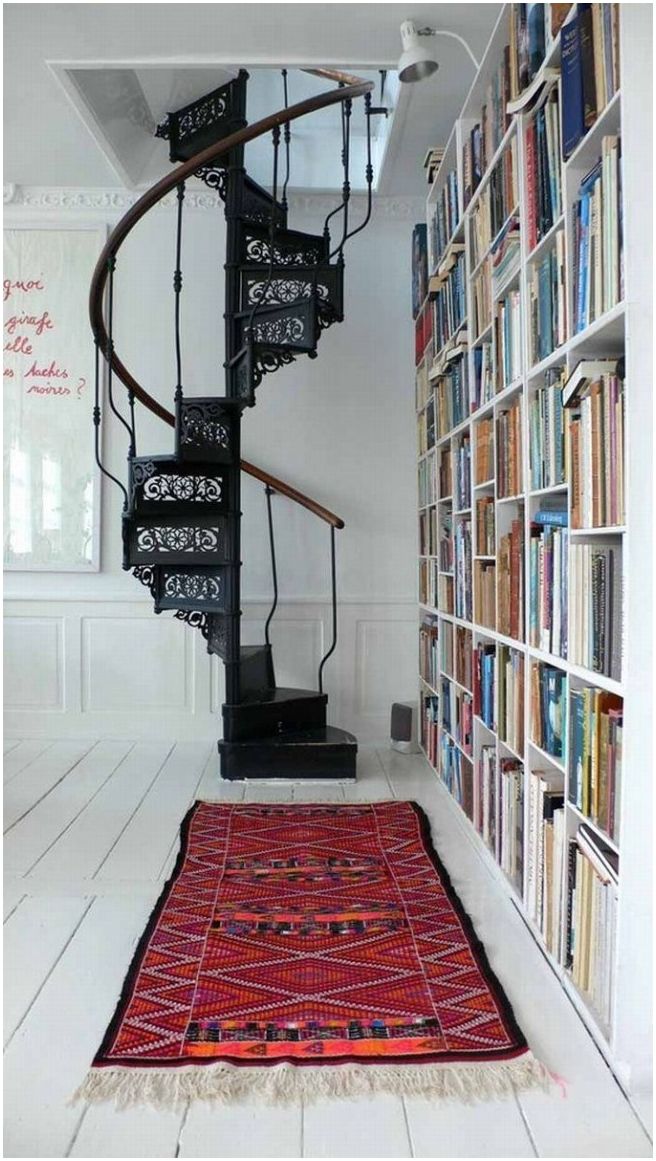
Ladder on a metal frame in the house

Ladder on a metal frame in the house

Ladder on a metal frame in the house

Ladder on a metal frame in the house

Ladder on a metal frame in the house

Ladder on a metal frame in the house

Ladder on a metal frame in the house

Ladder on a metal frame in the house
Good luck!






